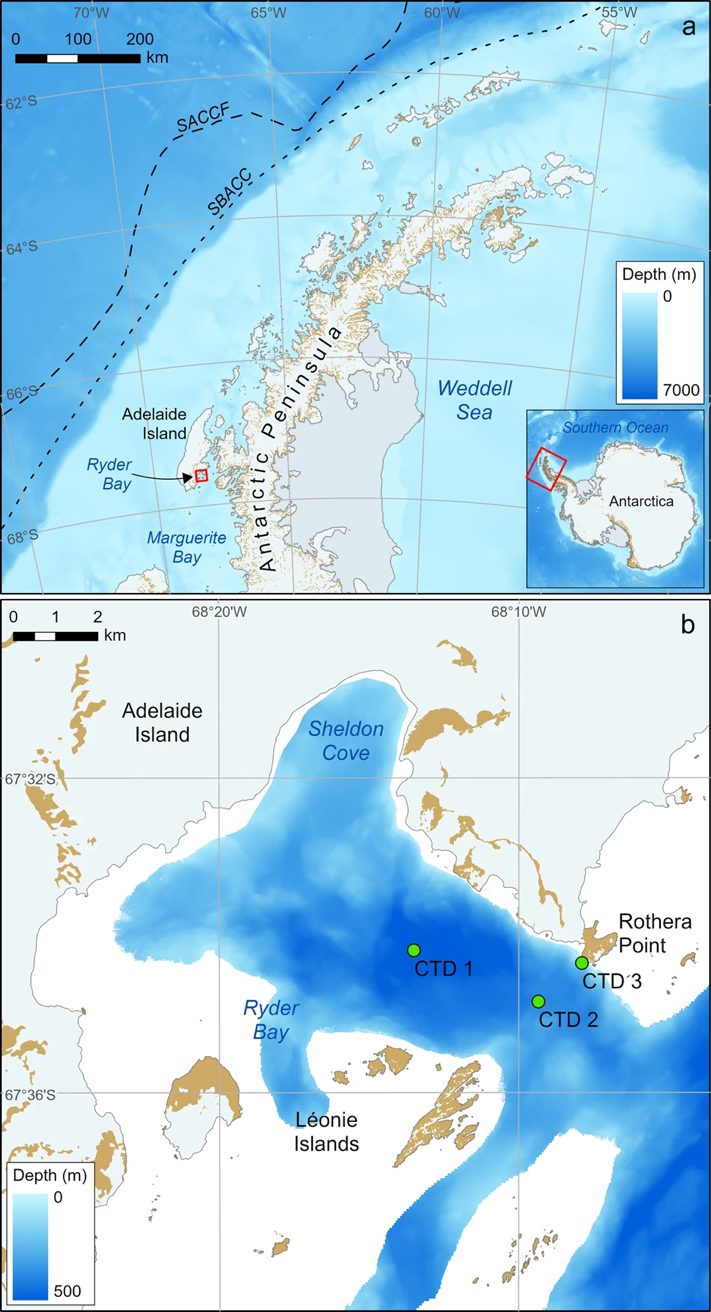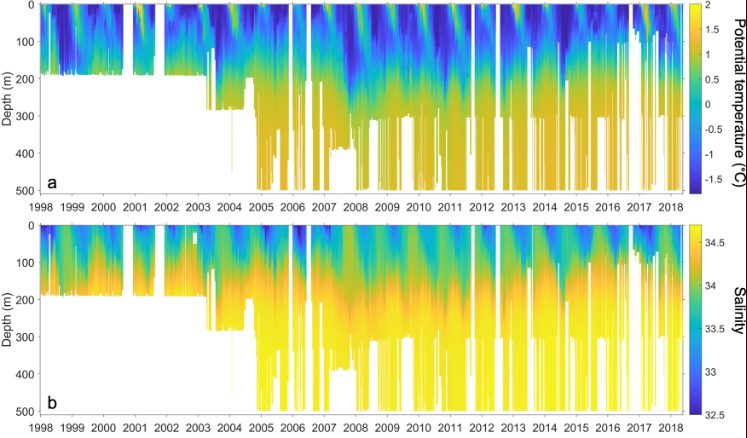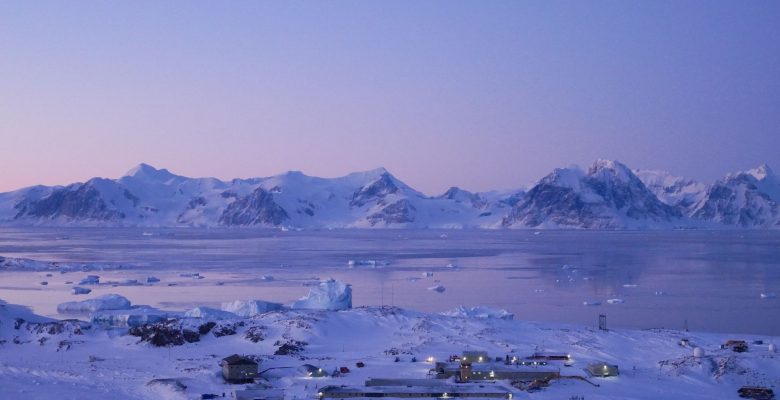Twenty years of oceanographic data have been collected by a team of British researchers off Antarctica. They offer an unprecedented perspective to better understand the role of the ocean in climate change, ocean/ice interactions, the functioning of marine life and the process of carbon sequestration by the ocean. A veritable treasure trove of information to predict the future of our planet.
By Laurie Henry
Because it is the only ocean completely surrounding the Antarctic continent and thus connecting the three main oceans of our planet (Atlantic, Pacific and Indian), the Southern Ocean is a key player in global climate. But its remoteness and the extreme weather conditions that prevail there, especially in winter, make it complicated to study. The risks, both human and material, are enormous in the harshest seasons, when temperatures can sometimes drop below -50°C and when sea conditions make navigation impractical.
However, British scientists have taken up this challenge thanks to the Rothera Research Station, located on the western flank of the Antarctic Peninsula. Winter and summer, they have indeed managed to continuously collect a series of oceanographic data for twenty years, from 1997 to 2017. Rising temperature, variations in salinity or even reduction in sea ice: the scientific results obtained thanks to to this new goldmine of data are published in the journal Nature.
A station adapted to extreme conditions
Managed by the British Antarctic Survey (BAS), the Rothera research station is a research structure located at a strategic location for the study of the oceans. It is located close to Ryder Bay, a mouth of Marguerite Bay which is a hotspot for the study of ocean-ice interactions.
This station is a permanent installation that operates all year round, fully equipped and also prepared to face the harsh conditions of the Antarctic winter. Temperatures can drop very low, weather conditions can be violent and unpredictable, and sea ice can make access to certain areas difficult or even impossible. The polar night, when the sun does not rise for several months, can also make operations even more complicated. The scientists and support staff working there are specially trained to work in these extreme conditions.

Sampling sites. (a) location of Ryder Bay in Marguerite Bay west of the Antarctic Peninsula, WAP; (b) Sampling sites in Ryder Bay used in the Rothera time series (CTD sites 1, 2 and 3 indicated by green circles). SACCF = Southern Antarctic Circumpolar Current Front; SBACC = Southern Boundary of the Antarctic Circumpolar Current. According to Veables et al., 2023
20 years of unique data in the world
The Rothera Research Station has therefore made it possible to collect oceanographic data in polar winter and spring, a unique coverage without seasonal bias to capture the variability throughout the annual cycle of ocean parameters.
Since 1997, the station has collected more than 2000 Conductivity-Temperature-Depth (CTD) profiles giving information on salinity (through conductivity), temperature and water depth at different levels in the ocean. Sampling is carried out from a small boat or sled, depending on the state of the sea ice. When conditions permit, sampling is carried out twice a week in the summer and once per week in winter, with profiling up to 500 m nominally and discrete water samples taken at 15 m depth. Sea ice conditions in the area are also observed daily.
Polar zones and global warming, a game in advance?
Over the past 20 years, researchers have been able to observe, thanks to these measurements, significant changes in the physical and biological dynamics of the Southern Ocean, with consequences for ocean currents, marine life and the global climate.
They were first able to observe a rise in temperature associated with variations in salinity, leading to a change in the density of seawater and the associated dynamics of marine currents, essential for the transport of heat and nutrients to across the oceans of the world. But a warming ocean will also see its capacity to absorb carbon dioxide decrease, which could potentially lead to an increase in the concentrations of greenhouse gases in the atmosphere and, in fact, to an amplification of global warming.
These changes in temperature and salinity also have a significant impact on marine life. Many marine organisms are sensitive to the physicochemical conditions of seawater, and disturbance can affect their reproduction and distribution. This could have direct consequences on the fishing industry and on the balance of marine ecosystems in this region.

Variation in temperature and salinity over the 20-year period. © H. Venables et al., 2023
Finally, the scientists were able to observe a quantity of sea ice changing over time, with a tendency to decrease during warmer years. This decrease in sea ice could also have significant consequences both on marine biological life, but also on the potential disappearance of permafrost, as ice no longer plays its role in albedo.
Made up of challenges and discoveries, the history of the Rothera Research Station illustrates the need to collect, continuously and over the long term, observations at sea, including in regions that are sometimes difficult to access. These measurements collected over time are valuable for monitoring the dynamics and state of health of the oceans, and helping to better predict and anticipate changes.
Source : Venables, H., Meredith, M.P., Hendry, K.R. et al. Sustained year-round oceanographic measurements from Rothera Research Station, Antarctica, 1997–2017. Sci Data 10, 265 (2023). https://doi.org/10.1038/s41597-023-02172-5


